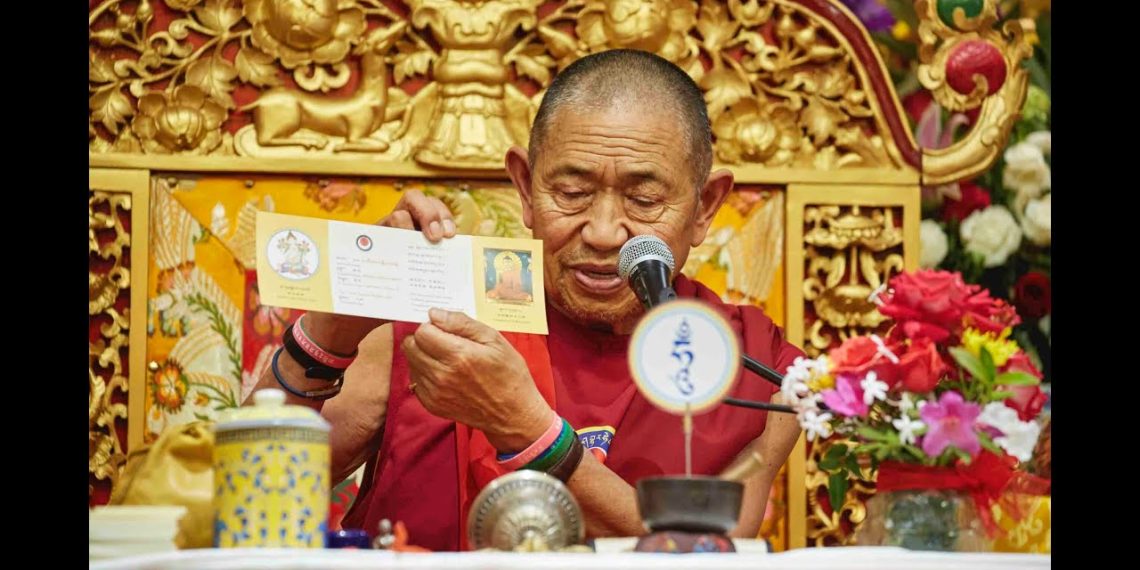
Buddhist Mantras are vital, powerful and transformative — but how do they actually work? In what ways can they help. Buddha Weekly’s editors try to answer the most common questions we receive on our contact forms, starting with:
“Do Buddhist mantras actually work?”
The second most common question is “How does it work?”
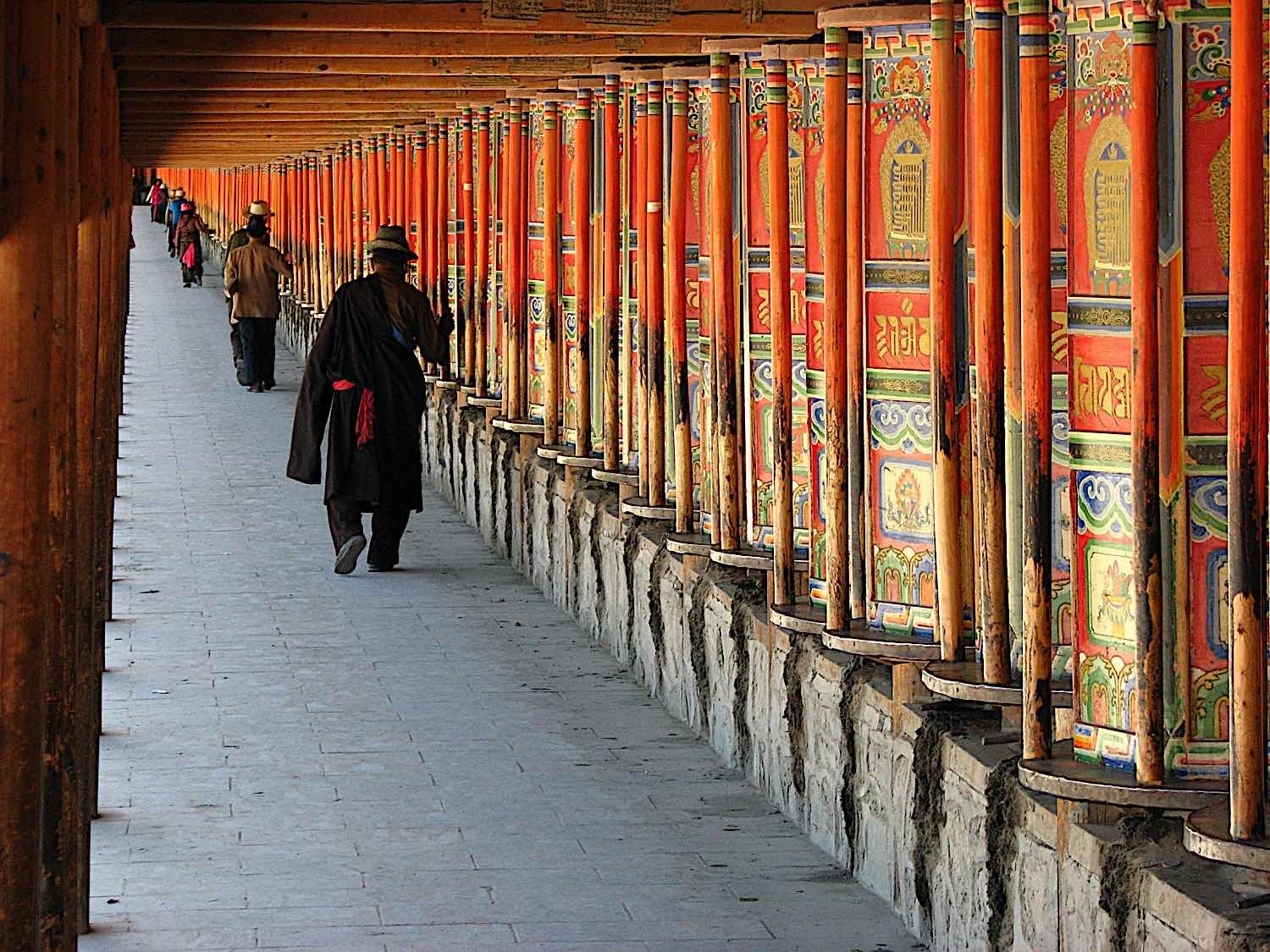
We often receive more specific questions, such as:
- “How can Medicine Buddha mantra heal me?”
- “How can Tara’s mantra protect me?”
- “Why would there be a Buddhist mantra for good fortune?”
- “Do I need special training or permission to use mantras? Which ones?”
- “Do I have to be a Buddhist to receive benefits from Buddhist mantra?”
- “Which mantras can anyone recite effectively?”
- “Is mantra some sort of mystical magic?”
- “Isn’t mantra just another form of meditation?”
We’ll try to answer all these questions in this feature, and more.
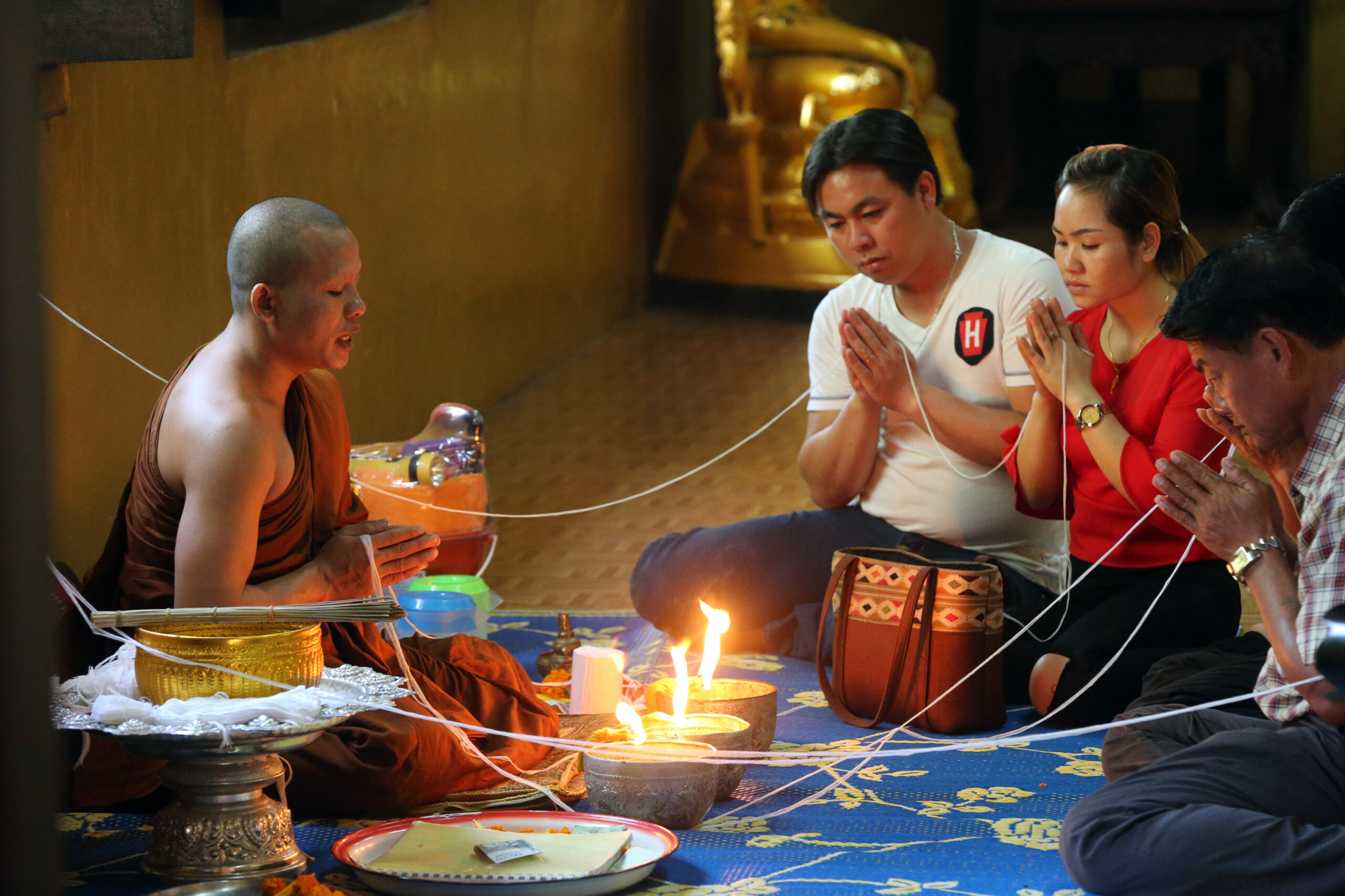
Special Feature: Included in this video are a dozen playable videos of mantras with meditative images — see the individual sections on “healing” and “protection” and so on.
The Power of Mantra
The power of mantra is not just the power of thought and sound — as powerful as that is. It’s equally the power of mind. It is connective, transformative, and enriching as a practice. The power of words is unquestioned. Although many point to the development of the “wheel” as the first great transformative development of humankind; in fact, the greatest development of all time is language and communication.
Mantras are communication. They are sounds and words. They connect us to mind and the Unverse. The power of sound is easily demonstrated. A soothing sound calm an angry person. A lullaby can put us to sleep. A diplomatic exchange can prevent a war (sometimes.) A prayer can heal. Mantras embrace all of those wondrous powers, but additionally connect us to our Buddha Nature, our own personal Buddha, the collective Buddha Mind. If that all sounds too mystical, fine, settle for they connect us to our own higher selves.
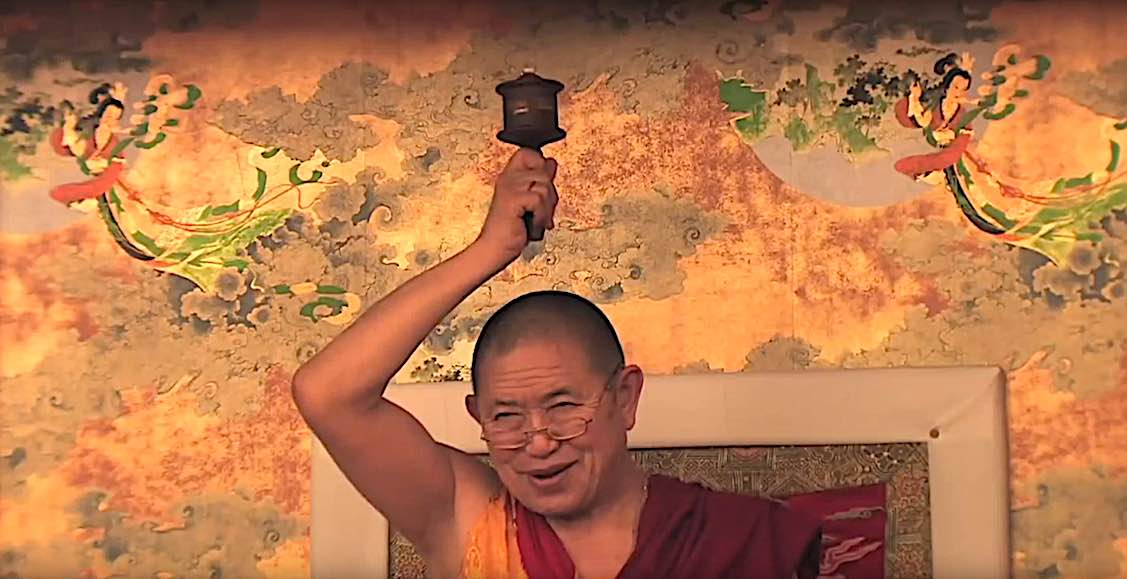
Mantras are Transformative
In his book The Power of Mantra: Vital Practices for Transformation[1], Lama Zopa Rinpoche introduces the power of mantra this way:
Since things are dependent arisings, everything depends on causes and conditions. If we think about it, we can see that the power of mantra comes from the inconceivable qualities and power of the Buddha, from his holy mind that is completely trained in compassion and embraces all sentient beings without exception. The Buddha has infinite times more compassion and love for us than we have for ourselves, and the power of the mantra comes through the power of Buddha’s omniscient mind.
The power of the mantra also comes from the power of the mind of the person who recites it. Of course, if we have some realization, there is much more power in whatever activity we do for other sentient beings; it is much more meaningful. However, even if we are still very far from attaining any realization, reciting the mantra can still be effective depending on how much compassion and love we have toward that sentient being, as well as how much devotion we have in the mantra, the guru, and the Three Rare Sublime Ones: the Buddha, Dharma, and Sangha.”[1]
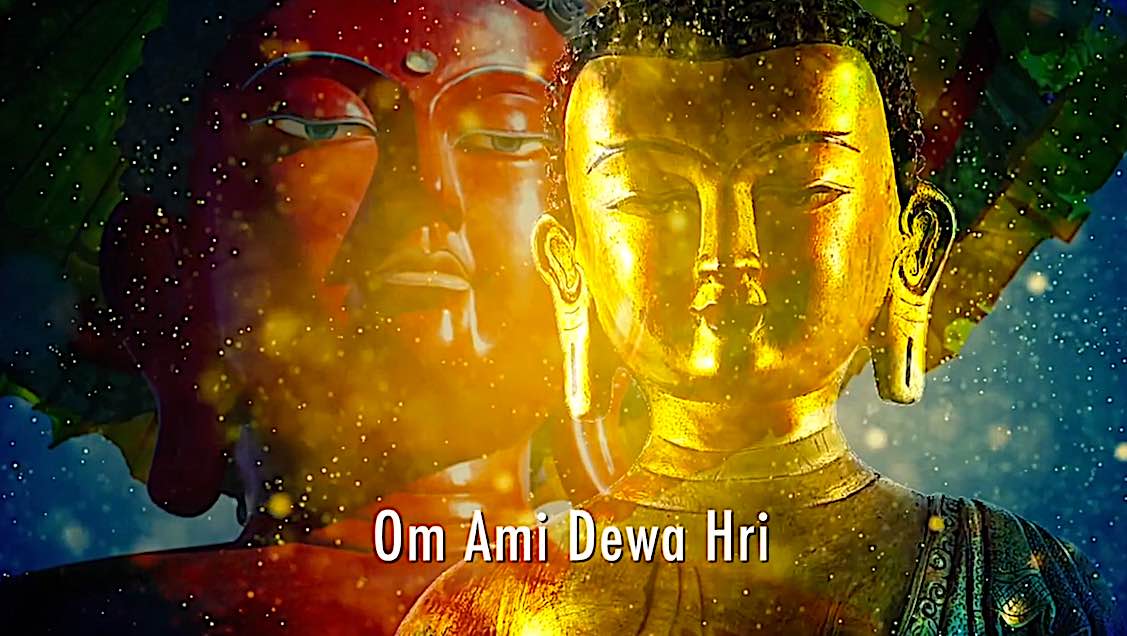
10 Ways Mantra Can Benefit Us
See Section on each below, with meditative videos for most:
- Healing
- Protection
- Good Fortune
- Obtaining Wishes
- Purification
- Developing Positive Qualities
- Connecting with the Buddhas
- Transformation of Suffering
- Developing Samadhi (Concentration)
- Receiving Blessings
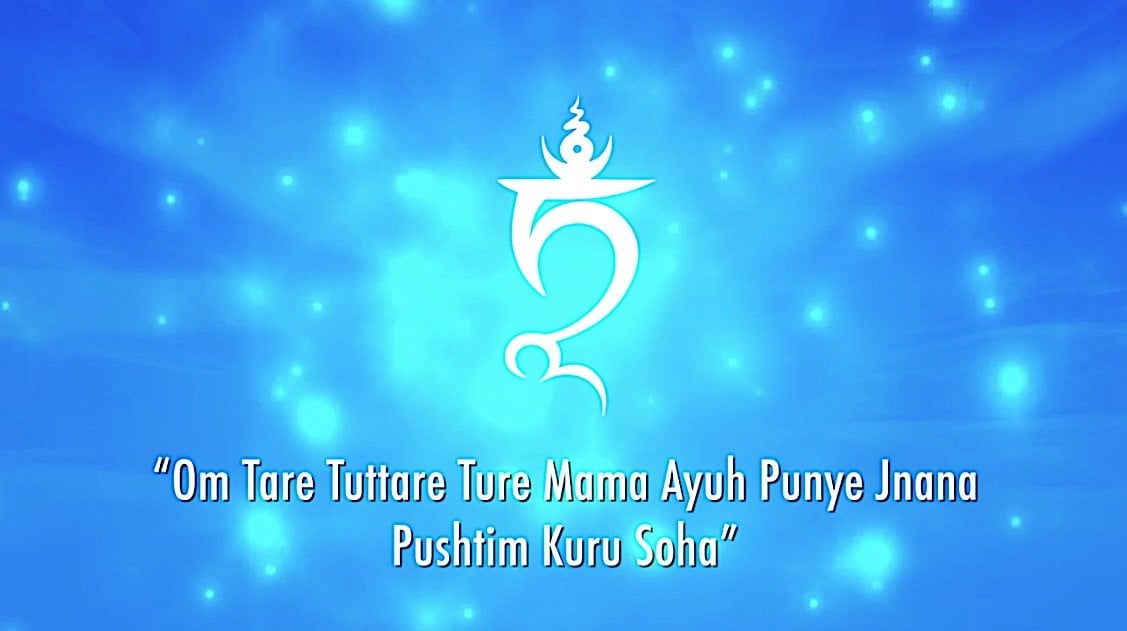
How Mantras Work
Before discussing the actual mantras we might consider for each purpose, a good question might be “how does it work?” Is it just some kind of “magic”? Or wish fantasy? Or prayer to a higher power?
Going beyond the mechanics of language and sound (discussed above), mantra works because of the close connection between sound and mind. As Buddhist teacher Tulku Thondup explains:
“In Buddhist cosmology, everything is composed of energy, including sounds, which are just a very gross form of energy. The nature of energy is that it can influence other forms of energy. For example, if you have a piece of hot coal, its heat will make the air around it hot. Similarly, certain sounds can influence the human mind.”[2]
When we recite mantra with sincere devotion and concentration, the sound vibrations have a powerful effect on our subtle minds. These vibrations can purify negativities, plant the seeds for positive qualities to arise, and help us to develop concentration and attain higher states of consciousness. [3]
-
Healing
The first and most common way that Buddhist mantras are used is for healing, either our own or others’. If we are sick, we can recite mantras specifically for good health and healing, such as the Medicine Buddha mantra (see below). Alternatively, we can recite any mantra that we have a strong connection with or devotion to. If we are reciting for someone else’s healing, it is helpful to generate as much compassion as possible for that person while reciting.
Here are some other examples of Buddhist mantras for healing:
– The Medicine Buddha Mantra:
“Om Bekandze Bekandze Maha Bekandze Radza Samudgate Soha”
– The Amitabha Buddha Mantra: the Buddha of Light is affirming for every obstacle
“Om Ami Dewa Hrih” or “Om Amitabha Hrih”
– The Heart Sutra:
“Om Gate Gate Paragate Parasamgate Bodhi Svaha”
— Parnashavari Tara — Tara Dressed in Leaves
“Om Pishachi Parnashavari Sarvajora Prashamanayeh Svaha”
– Black Manjushri, recommended by teachers for extremely serious diseases such as Cancer, Aids or life-threatening diseases:
“OM PRASO CHUSO DURTASO DURMISO NYING GOLA CHO KALA DZA KAM SHAM TRAM BHE PHET SOHA”
– Hayagriva’s mantra is a powerful remedy for aggressive illness, obstacles and obstructions:
“Om Hri Padman Tatro Vajra Krodha Hayagriva Hulu Hulu Hum Pey!”
-
Protection
Another common way to use Buddhist mantras is for protection from fears, dangers, and obstacles. We can recite mantras such as the Tara mantra: Om Tare Tutare Ture Soha, or the Manjushri mantra: Om Arapacana Dhih, or any others that we feel drawn to. Again, if we are reciting on behalf of someone else, it is helpful to generate compassion for them while reciting. Here are some other examples of Buddhist mantras for protection:
– Tara’s Protective Mantra:
Tara is the Mother of the Buddhas and brings to bear the force of the Karma and “Action” Family. She is famous for rescues. Even just calling out her name “Tara!” has a history of brining rescue or relief. Her mantra is
“Om Tare Tuttare Ture Soha” (Tibetan) or “Om Tare Tuttare Ture Svaha” (Sanskrit)
— Hayagriva’s supreme mantra is called the “King of All Protections”:
Hayagriva’s mantra is especially powerful for those with the empowerment of the practice. The mantra and video are above under healing.
— Guru Rinpoche’s mantra
Padmasambhava has many forms, but the Second Buddha of our age is a valuable mantra for all activities: healing, power, attracting auspiciousness and so on. He has many mantras and forms, but his best known, great mantra is:
“Om Ah Hum Vajra Guru Padma Siddhi Hum”
-
Good Fortune
Another common reason to recite Buddhist mantras is to invoke good fortune, either our own or others’. For example, we might recite the mantra of White Mahakala: Om Guru Mahakala Hari Nisa Siddhi Dza, or, again, the action wish-fulfilling Green Tara mantra: Om Tare Tuttare Ture Soha. We can also recite any mantra that we have a strong connection with or devotion to. If we are reciting for someone else’s good fortune, it is helpful to generate as much compassion as possible for that person while reciting.
-
Obtaining Wishes
Another common reason to recite Buddhist mantras is to obtain specific wishes, such as the wish to have a baby, the wish to sell our house, or the wish to find a good job. Making wishes, or hoping for auspicious circumstances, may seem to be non-meritorious, but, as long as we wish for auspiciousness, such as success or money, for the benefit of all sentient beings — with the true aspiration to use our success to spread the Dharma and help sentient beings — then it is highly auspicious. In Buddhism, the “common Siddhis” are our wishes or aspirations for “mundane” things. The goal of these “wishes” is to remove our obstacles to practice.
— The action mantra of Green Tara:
Om Tare Tuttare Ture Soha
Or, any others that we feel drawn to. Again, if we are reciting on behalf of someone else, it is helpful to generate compassion for them while reciting.
-
Purification
Another common use of Buddhist mantras is for the purification of negative karma and negativities such as anger, attachment, and jealousy. Although ALL mantras can be considered purifying, as the merit of recitations of any Enlightened Deity mantra is purifying, the main go-to practice for Purification is always Vajrasattva:
— Vajrasattva Mantra:
OM VAJRASATTVA SAMAYA MANUPALAYA
VAJRASATTVA TVENOPATISHTHA
DRIDHO ME BHAVA
SUTOSHYO ME BHAVA
SUPOSHYO ME BHAVA
ANURAKTO ME BHAVA
SARVA SIDDHIM ME PRAYACCHA
SARVA KARMA SU CHAME
CHITTAM SHRIYAM KURU HUM
HA HA HA HA HO
BHAGAVAN SARVA TATHAGATA
VAJRA MA ME MUNCHA
VAJRA BHAVA MAHA SAMAYA SATTVA
The shorter version of the Vajrasttva Mantra is not a good substitution for the longer mantra, which contains statements of confession and purification, but in a “pinch” you can chant: OM VAJRASATTVA HUM
-
Developing Positive Qualities
A more important use of Buddhist mantras is to develop positive qualities such as love, compassion, and wisdom. We can recite mantras such as the Maitreya Buddha mantra: Om Maitreya Buddho Sangha Vandana, or the Compassion Mantra of Avalokiteshvara Om Mani Padme Hum or, again, the always-ready-to-help action mantra of Green Tara: Om Tare Tuttare Ture Soha.
-
Connecting with the Buddhas
Another important way to use Buddhist mantras is to connect with and receive blessings from the Buddhas. We can recite mantras such as the Shakyamuni Buddha mantra: Om Muni Muni Mahamuni Ye Soha, or the Guru Rinpoche mantra: Om Vajra Guru Padma Siddhi Hum, or any others that we feel drawn to.
-
Transformation of Suffering
Another important way to use Buddhist mantras is for the transformation of our suffering into happiness and joy. We can recite mantras such as the Tara mantra: Om Tare Tutare Ture Soha, or any others that we feel drawn to. Again, if we are reciting on behalf of someone else, it is helpful to generate compassion for them while reciting.
-
Improving Relationships
Another common use of Buddhist mantras is to improve our relationships with others, whether they are family, friends, co-workers, or strangers. We can recite mantras such as the Chenrezig mantra: Om Mani Padme Hum, or any others that we feel drawn to. Again, if we are reciting on behalf of someone else, it is helpful to generate compassion for them while reciting.
-
World Peace
Finally, another important way to use Buddhist mantras is for the benefit of all beings and the world peace. We can recite mantras such as the Tara mantra: Om Tare Tutare Ture Soha, or the Chenrezig mantra: Om Mani Padme Hum, or any others that we feel drawn to. Again, if we are reciting on behalf of someone else, it is helpful to generate compassion for them while reciting.
Q & A on Mantras (Questions from our readers)
“Do I need special training or permission to use mantras? Which ones?”
No, you don’t need special training or permission to use Buddhist mantras. However, it is always best to receive teachings from a qualified teacher before using any mantras, especially if you are new to Buddhist practice. As for which mantras to use, there are many different Buddhist mantras for different purposes, so it is best to consult with a qualified teacher or Buddhist practitioner to see which ones would be most beneficial for you.
“Do I have to be a Buddhist to receive benefits from Buddhist mantra?”
No, you don’t have to be a Buddhist to receive benefits from most of the well-known Buddhist mantras, such as the Compassion Mantra Om Mani Padme Hum or the “action wish-fulfiling” mantra of Tara Om Tare Tuttare Ture Svaha. However, it is always best to receive teachings from a qualified teacher or Buddhist practitioner before using any mantras, especially if you are new to Buddhist practice. Generally speaking, the more you recite a mantra, the more powerful it becomes.
“How long do I need to recite a mantra for it to be effective?”
There is no set amount of time that you need to recite a Buddhist mantra for it to be effective. However, repetition is the secret to effectiveness. We recite mantras to remain mindful of the purpose — for example, compassion as a purpose, or “world peace.” Each time you recite the mantra you focus on the goal of “world peace” or compassion. The more focus and repetition, the better.
“Is mantra some sort of mystical magic?”
No, Buddhist mantras are not magic — although they do connect us to the teachings and the lineage. By connecting to both, you ensure you are practicing Dharma. There is, however, power in mantra, driven more from faith, lineage and the “connectedness” of all beings — the co-dependent nature of all beings. While they are simply words or phrases that we use as a tool to focus our mind on a particular goal or intention — if we tune our mind to that “frequency” we tap in to the power of Dharma, the teachings, the lineage and the Enlightened Mind that connects with our own Buddha Nature. As with any tool, the more you use it, the better you will become at using it. Mantra’s main “mystical aspect is putting us in touch with the Enlightened Buddhas who can help us.
“Do I need to believe in Buddhist mantras for them to work?”
No, you don’t need to believe in Buddhist mantras for them to work. However, the more you believe in them, the more powerful they will become. Buddhist mantras are like any other tool — the more you use them, the better you will become at using them.
“Do I need to recite Buddhist mantras in Tibetan or Sanskrit?”
Ideally, you should recite exactly as your teacher transmitted the mantra to you. This not only reinforces faith, it connects you to the power of the long lineage of teachers going back to the Buddha. What if you don’t pronounce correctly or don’t have a teacher? As long as you have faith in the Buddha, they should still be effective for you. What if you don’t have faith? Then, simply meditate on the sound. The ancient Sanskrit sounds are well established as beneficial through centuries of practice.
“Isn’t mantra just another form of meditation?”
Yes, Buddhist mantras can be seen as another form of meditation. In fact, they are often used in conjunction with other Buddhist meditation practices. Buddhist mantras can help to focus and calm the mind, which makes them an ideal tool for use in meditation.
“What is the difference between a Buddhist mantra and a prayer?”
A Buddhist mantra is a focused repetition of words or phrases that are used to achieve a particular goal or intention. A prayer is typically more general and does not have a specific goal or intention. Buddhist mantras are often used in conjunction with prayers and other meditations, but they are a very focused methodology.
In other words…
In conclusion, Buddhist mantras can be used for many different purposes and intentions. The most important thing is to have a pure motivation and sincere intention when reciting them. If we do that, then the mantras will be effective for us, regardless of whether or not we understand how they work. Try them out and see for yourself!
NOTES
- Lama Zopa Rinpoche, The Power of Mantra: Vital Practices for Transformation (Boston & London: Shambhala Publications, 2002), 1.
- Tulku Thondup, Buddhist Meditation: Tranquility, Imagination and Insight (Ithaca, NY: Snow Lion Publications, 1986), 134.
- Ibid., 135.

